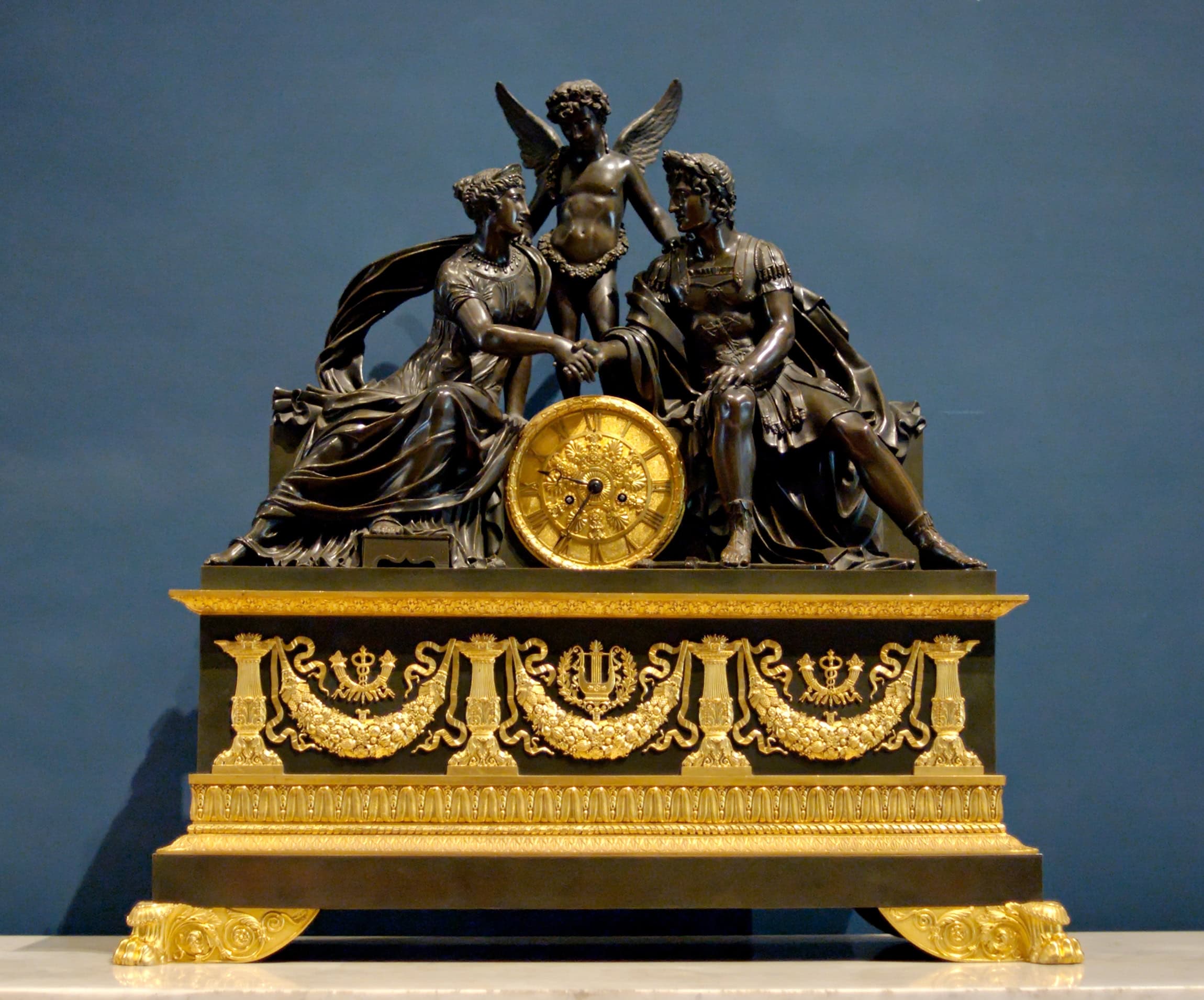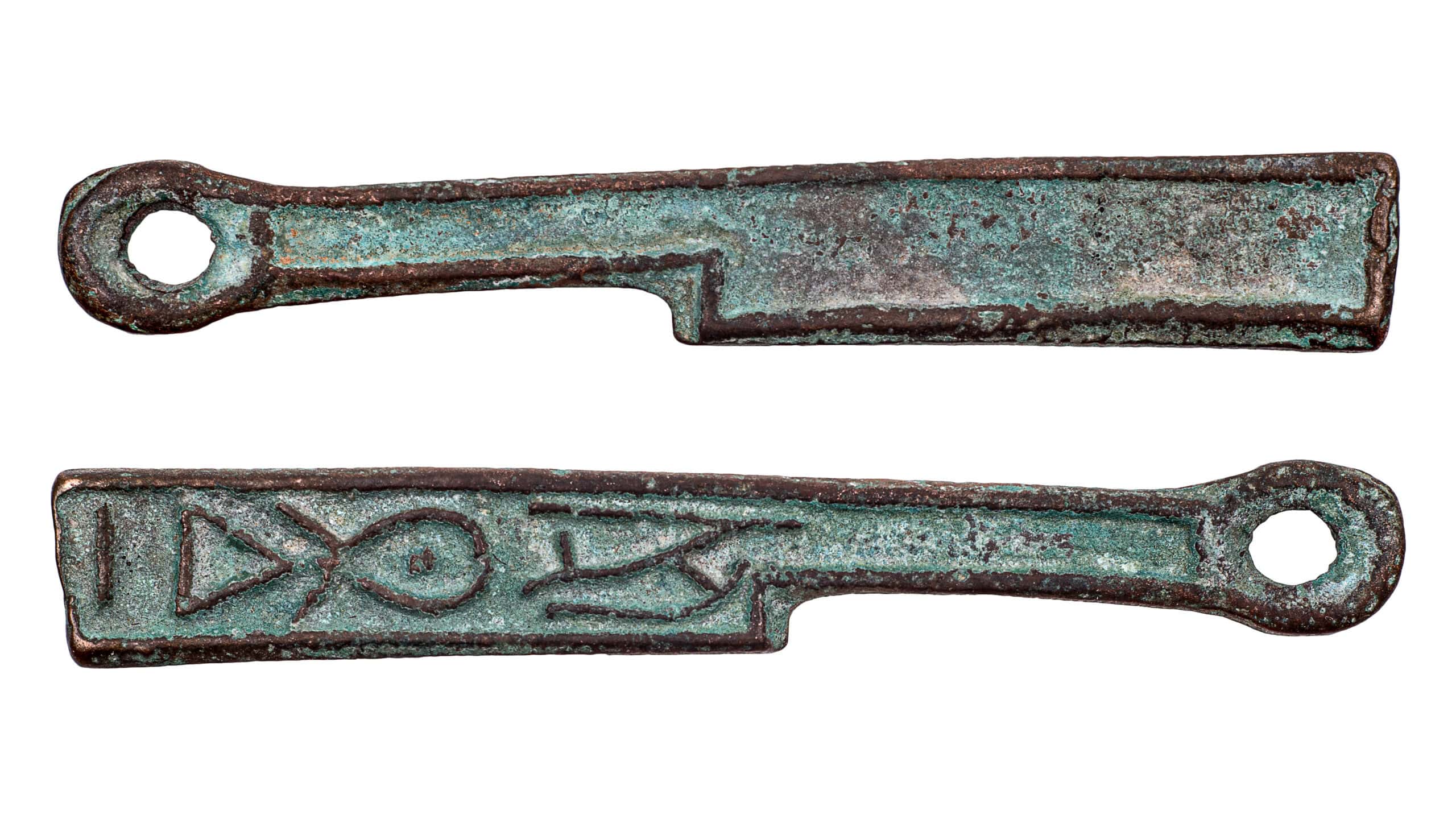Currencies around the world vary greatly in value, reflecting the economic conditions of their respective countries. Some currencies, due to factors like inflation, economic instability, and historical challenges, have become the smallest in terms of value. This list highlights 20 of the smallest currencies ever produced, each with unique stories and circumstances that have contributed to their current status. Understanding these currencies offers insight into the diverse economic landscapes across the globe.
Iranian Rial
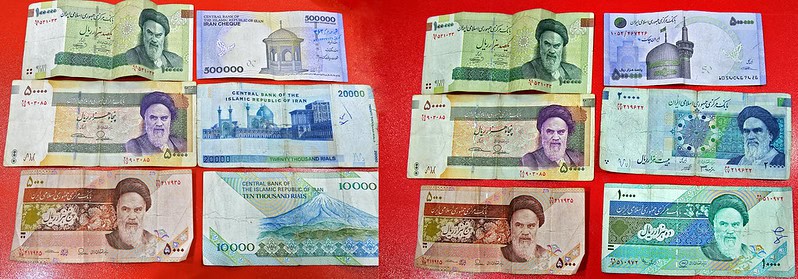
The Iranian Rial is the smallest currency by value in the world. It has faced severe devaluation due to years of inflation and economic sanctions. Despite being the official currency, Iranians commonly use the term “toman,” which equals ten rials. Coins are rarely used, and banknotes of high denominations are prevalent. The central bank has considered redenominating the currency to alleviate the issues.
Vietnamese Dong
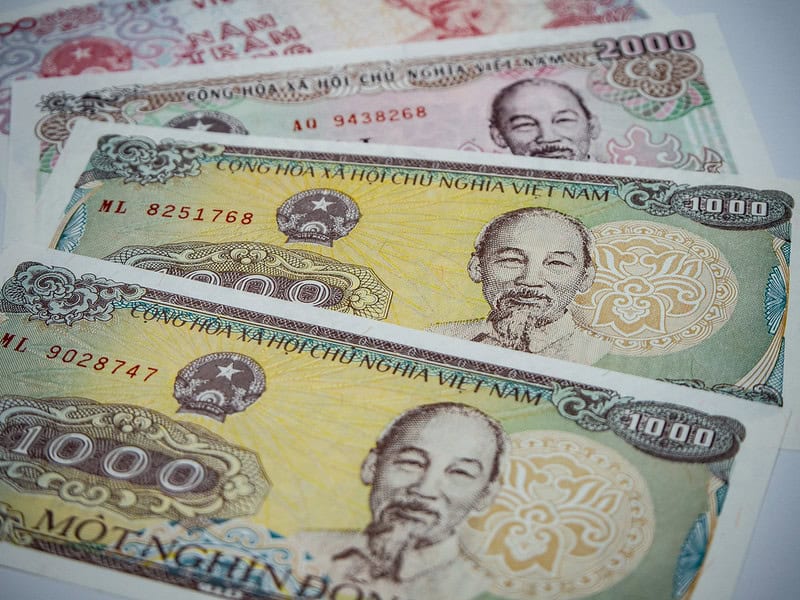
The Vietnamese Dong is another currency with a very low value. It has experienced significant inflation over the years, leading to the production of high-denomination banknotes. Coins are almost obsolete in Vietnam due to their low purchasing power. The currency’s symbol, “₫,” is often seen in various forms across the country. Efforts to stabilize the economy have been ongoing to strengthen the Dong.
Indonesian Rupiah
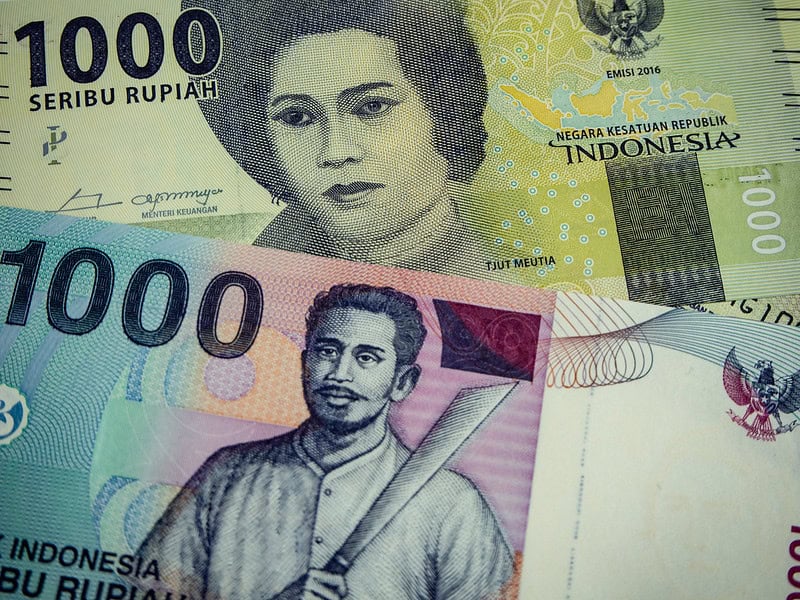
The Indonesian Rupiah has seen its value decrease substantially since its inception. High inflation rates and economic challenges have contributed to the Rupiah’s low value. Banknotes are commonly issued in large denominations to facilitate everyday transactions. Coins are rarely used, and small denominations are mostly out of circulation. The government has periodically discussed currency redenomination to simplify transactions.
Guinean Franc
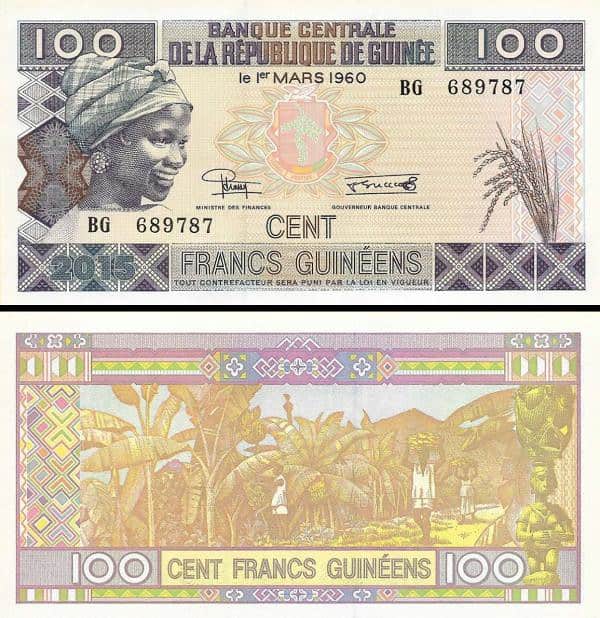
The Guinean Franc is known for its low value in the global market. Guinea has faced economic difficulties, which have led to inflation and devaluation of its currency. High-denomination banknotes are commonly used for transactions. Coins, though still in circulation, hold minimal purchasing power. Economic reforms are being considered to address the currency’s depreciation.
Laotian Kip
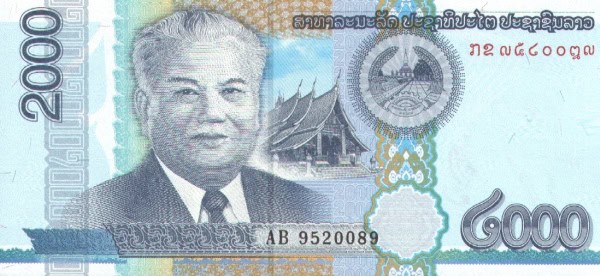
The Laotian Kip is among the least valued currencies in the world. Introduced in 1952, it has suffered from chronic inflation and economic instability. Large-denomination banknotes are necessary for even basic transactions. Coins have become practically obsolete due to their negligible value. The government continues to seek ways to stabilize the Kip and improve the economy.
Paraguayan Guarani
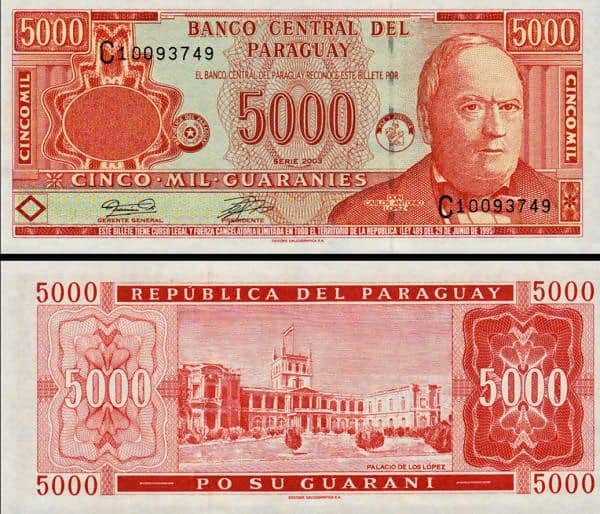
The Paraguayan Guarani has a very low exchange rate compared to major world currencies. Paraguay’s economic history has seen periods of instability, leading to inflation. High-denomination banknotes are a common feature of this currency. Coins are seldom used as their value is minimal. Efforts to bolster the economy aim to improve the Guarani’s standing.
Uzbekistani Som
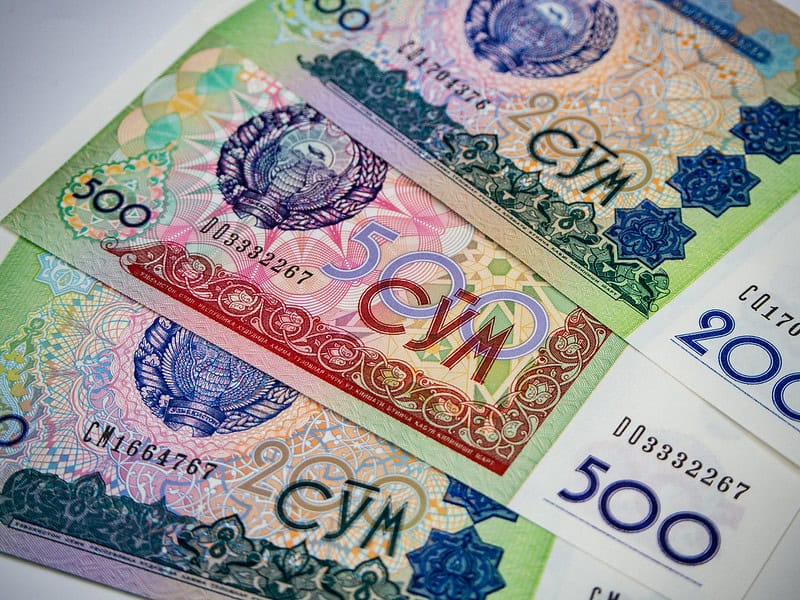
The Uzbekistani Som is a relatively new currency that has rapidly depreciated since its introduction. Inflation and economic restructuring have led to the issuance of high-denomination banknotes. Coins are rarely seen in circulation due to their low value. The government has implemented various measures to control inflation and stabilize the currency. Redenomination plans have been discussed to simplify financial transactions.
Sierra Leonean Leone
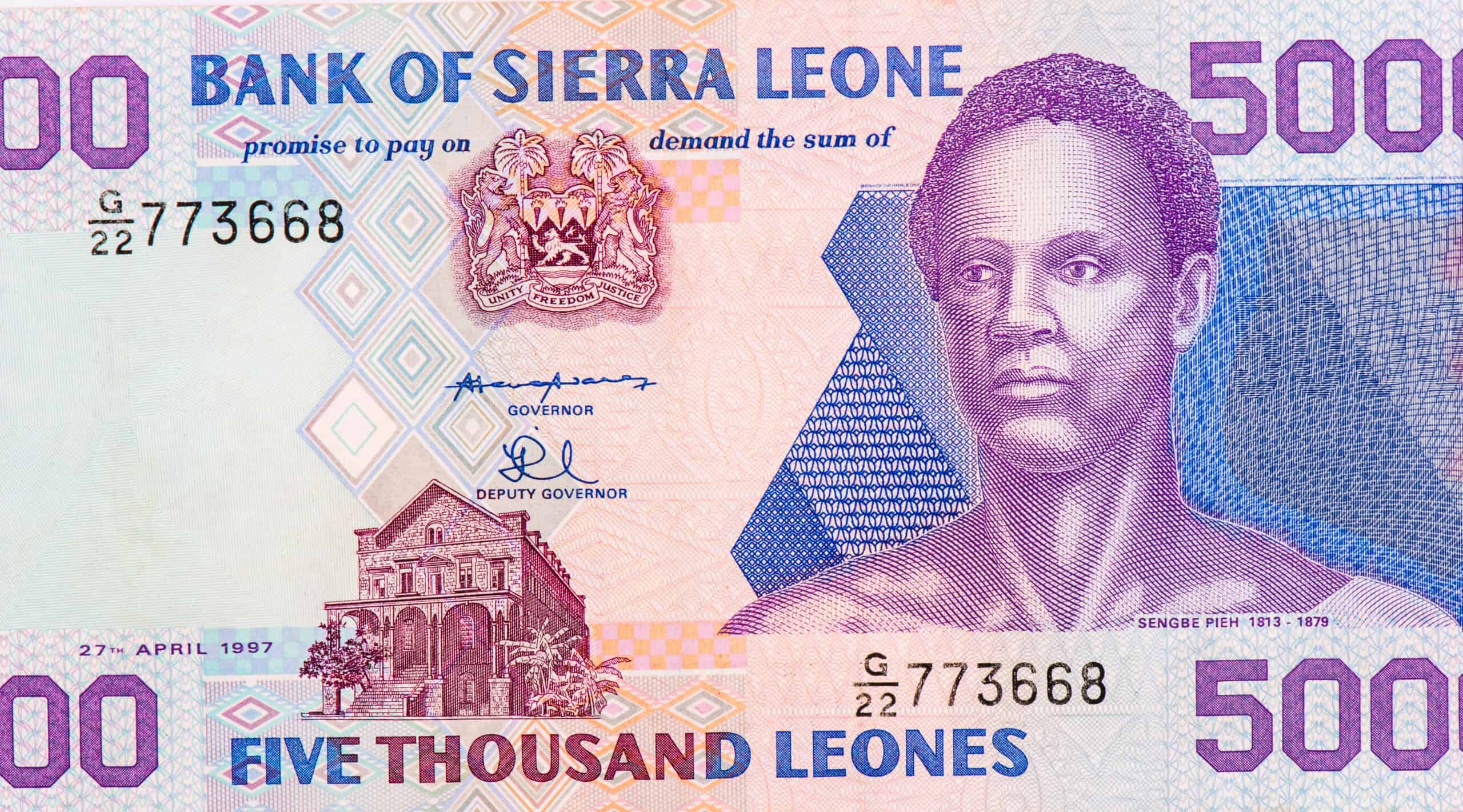
The Sierra Leonean Leone has faced significant devaluation over the years. Economic challenges and inflation have contributed to its low value. High-denomination banknotes are used widely across the country. Coins have lost much of their utility in everyday transactions. The central bank continues to explore options for economic reform to strengthen the Leone.
Saint Helena Pound
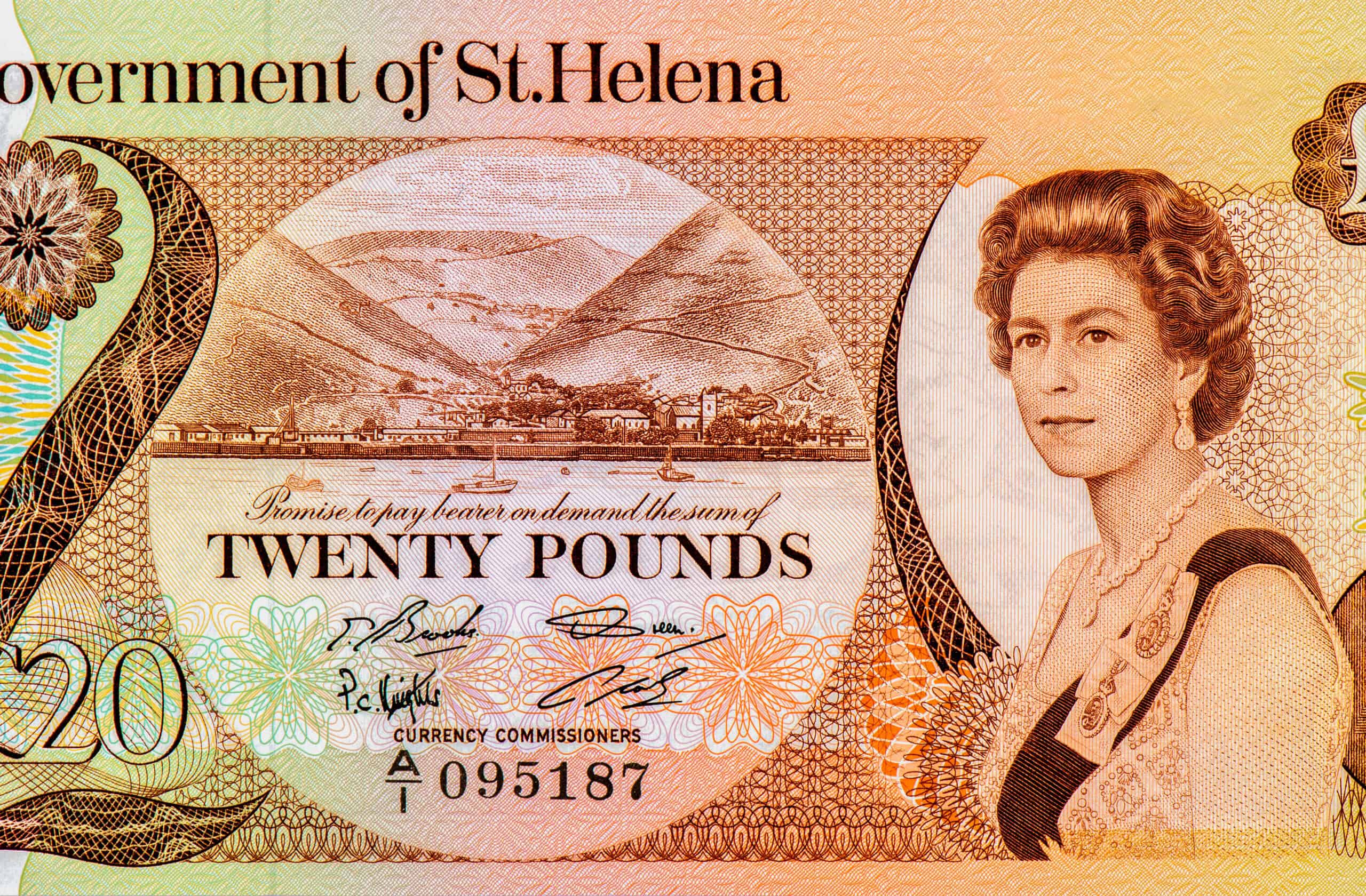
Despite being a currency for a small population, the Saint Helena Pound has a low value compared to major currencies. The island’s remote location and limited economic activities contribute to this situation. Banknotes are issued in small denominations due to the limited need for high-value transactions. Coins, though in circulation, are not widely used. Economic support from the UK helps maintain some stability.
South Sudanese Pound
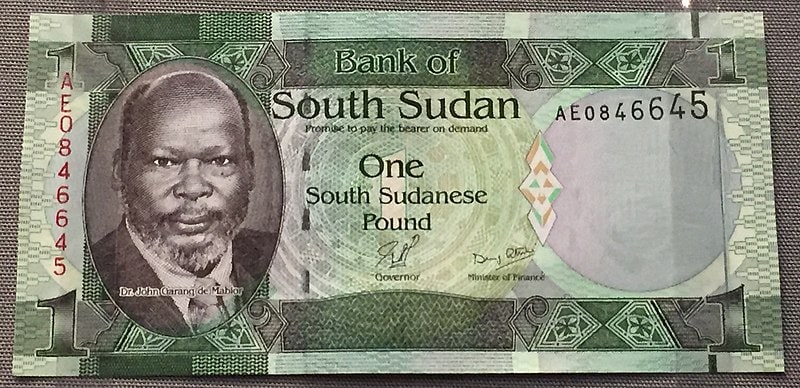
The South Sudanese Pound has suffered from severe devaluation since its introduction. The ongoing conflict and economic instability have led to high inflation rates. Large-denomination banknotes are essential for daily transactions. Coins are almost non-existent in the economy due to their low value. The government is working on economic reforms to stabilize the currency and the economy.
Madagascar Ariary
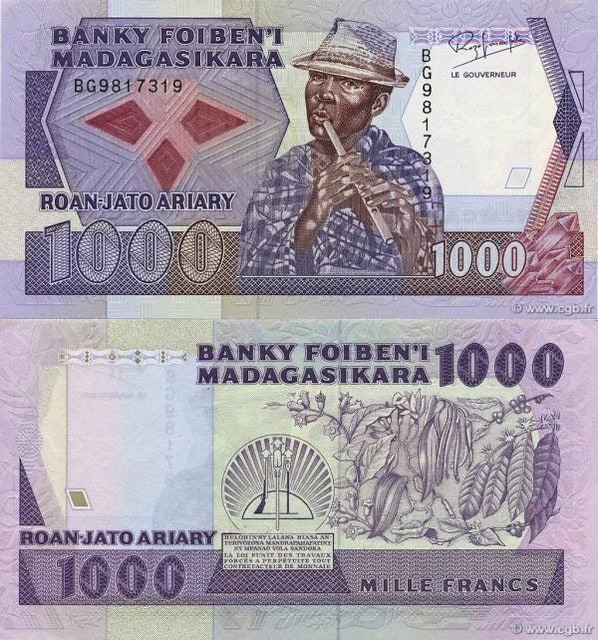
The Madagascar Ariary is one of the world’s least valued currencies. High inflation and economic challenges have plagued the country for years. Large-denomination banknotes are common to manage everyday expenses. Coins are rarely seen in use due to their minimal value. Economic reforms are being pursued to improve the Ariary’s value.
Zambian Kwacha
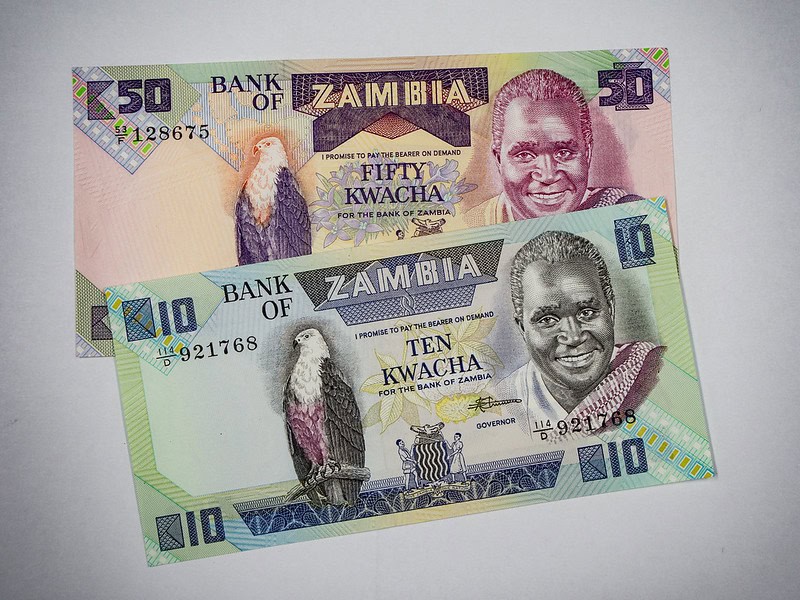
The Zambian Kwacha has experienced significant devaluation over the past decades. Economic instability and inflation have led to the issuance of high-denomination banknotes. Coins are still in circulation but hold little purchasing power. The government has implemented measures to stabilize the economy and strengthen the Kwacha. Redenomination efforts have been made in the past to address the currency’s depreciation.
Malagasy Franc

Before the Ariary, Madagascar used the Franc, which had an extremely low value. Chronic inflation and economic instability rendered the Franc almost worthless. Large-denomination banknotes were necessary for everyday transactions. Coins had negligible value and were rarely used. The switch to the Ariary was an attempt to stabilize the economy.
Congolese Franc
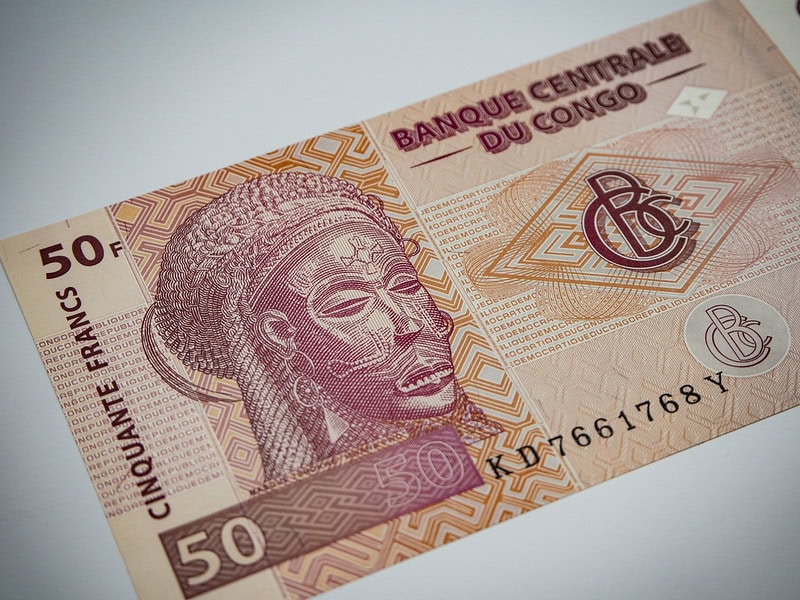
The Congolese Franc is known for its low value and high inflation rates. The Democratic Republic of the Congo has faced significant economic challenges, leading to currency depreciation. High-denomination banknotes are essential for daily commerce. Coins are infrequently used due to their low value. Economic reforms are underway to stabilize the Franc and improve the economy.
Burundian Franc
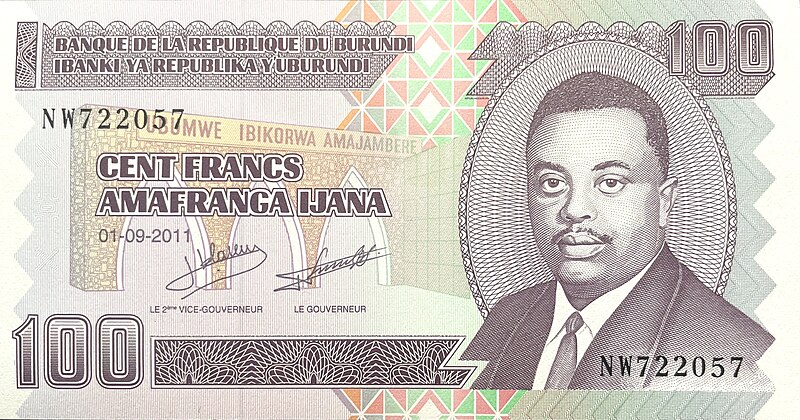
The Burundian Franc has a very low value in the global market. Economic difficulties and inflation have led to the production of high-denomination banknotes. Coins are rarely used as their purchasing power is minimal. The government is working on measures to stabilize the currency and boost the economy. Efforts to control inflation and enhance economic growth are ongoing.
Ugandan Shilling
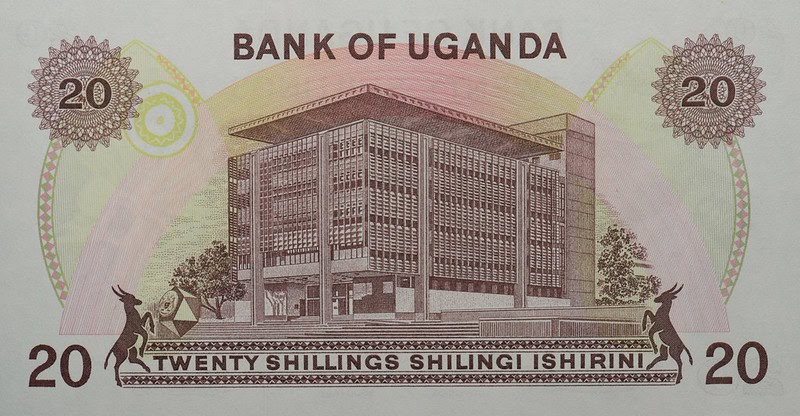
The Ugandan Shilling has experienced devaluation over the years due to inflation and economic instability. Large-denomination banknotes are necessary for daily transactions. Coins, while still in circulation, are not commonly used due to their low value. The government continues to implement policies aimed at stabilizing the currency. Economic reforms are crucial for the Shilling’s improvement.
Iraqi Dinar
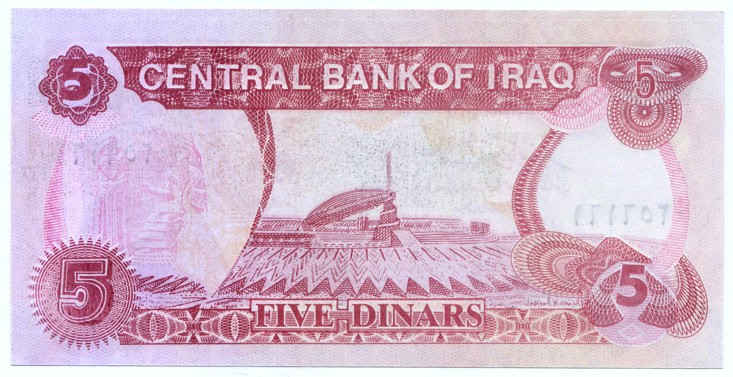
The Iraqi Dinar has seen significant devaluation, particularly after years of conflict and economic sanctions. High-denomination banknotes are common to facilitate everyday transactions. Coins are rarely used as their value is minimal. The central bank has considered redenomination to address the currency’s low value. Efforts to stabilize the economy and strengthen the Dinar are ongoing.
Colombian Peso
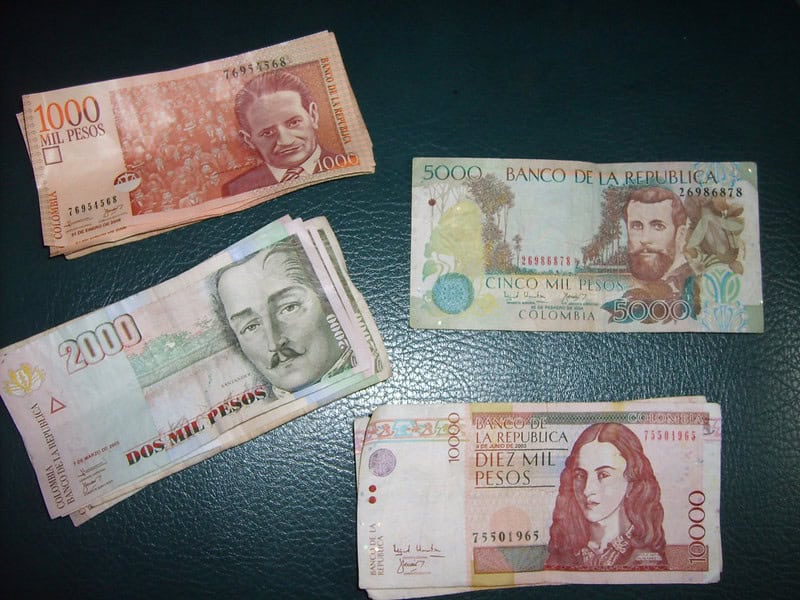
The Colombian Peso has a low value compared to major world currencies. High inflation rates in the past have contributed to this situation. Large-denomination banknotes are used widely across the country. Coins hold minimal purchasing power and are less frequently used. Economic policies are aimed at stabilizing the Peso and promoting growth.
Sri Lankan Rupee
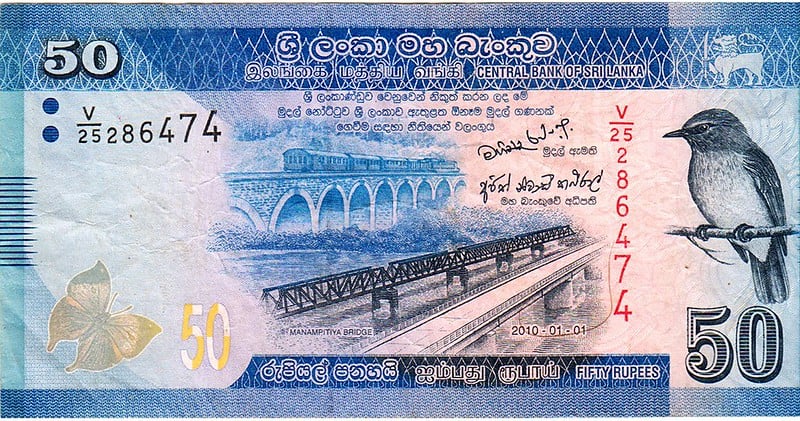
The Sri Lankan Rupee has faced devaluation due to economic challenges and inflation. High-denomination banknotes are common for everyday transactions. Coins, though in circulation, are not widely used due to their low value. The government continues to implement measures to stabilize the currency. Efforts to control inflation and improve economic conditions are crucial.
Nepalese Rupee
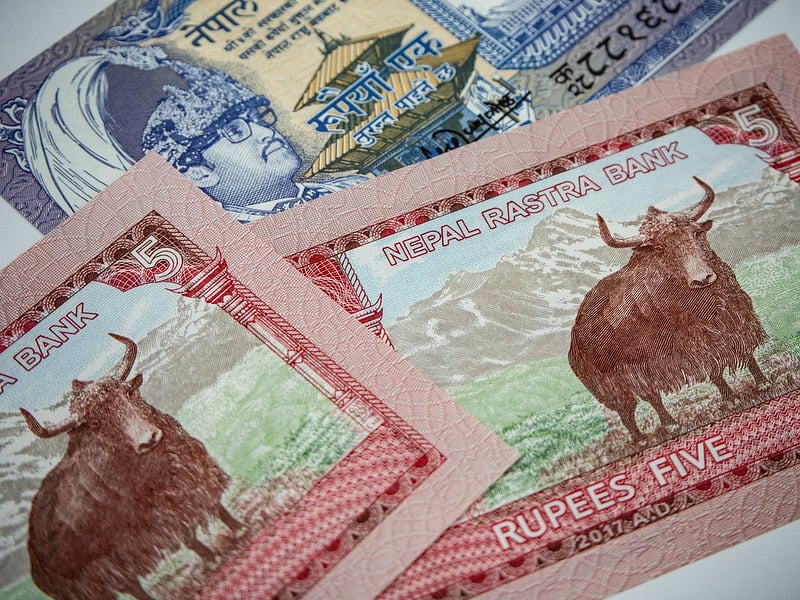
The Nepalese Rupee has a low value, partly due to the country’s economic difficulties. High-denomination banknotes are necessary for everyday transactions. Coins are rarely seen in use because of their minimal value. The government is working on economic reforms to strengthen the currency. Stabilizing the economy and enhancing growth are key objectives for the Nepalese Rupee.
This article originally appeared on Rarest.org.
More From Rarest.Org
Honey, often referred to as liquid gold, is not only a natural sweetener but also a treasure trove of health benefits. Among the many varieties available, some honeys stand out for their rarity, unique flavors, and remarkable healing properties, making them some of the most expensive in the world. Read more.
Antique clocks offer a fascinating glimpse into the artistry and ingenuity of past centuries. Collectors and enthusiasts treasure these timepieces not just for their functionality, but for their historical significance and exquisite craftsmanship. Read more.
Throughout history, different cultures have used a fascinating variety of items as currency. These unique forms of money reflect the diverse ways societies have valued and exchanged goods. Read more.


